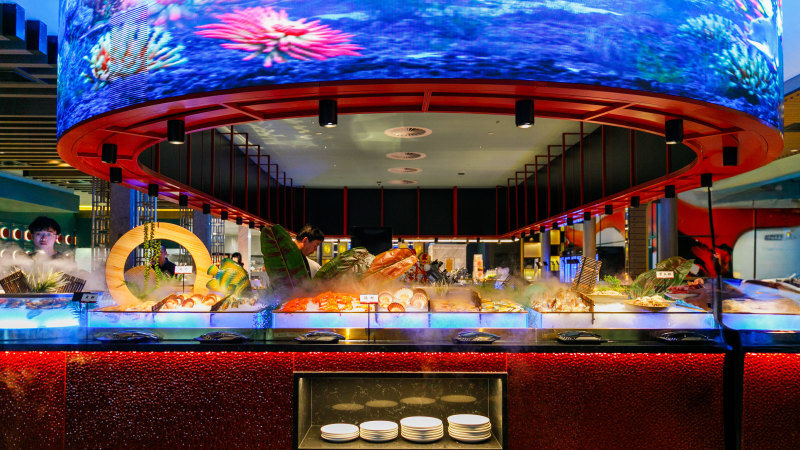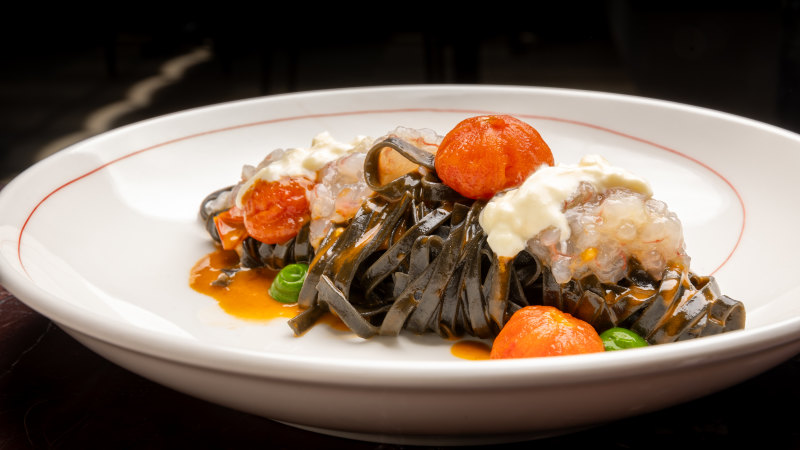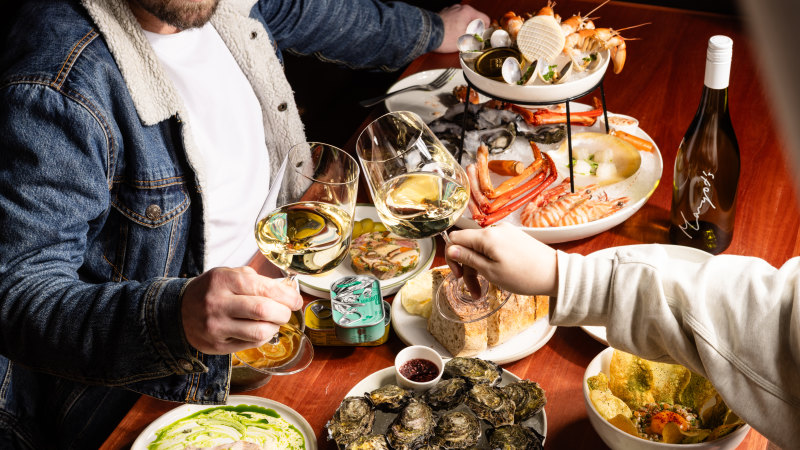Sales of mezcal have risen rapidly in recent years. The global market for the agave-based Mexican spirit was estimated at US $387 million in 2020, but by 2023 that valuation had skyrocketed north of one billion. It’s expected to double again, and then some, to over $2.
5 billion by 2032. What’s driving the interest? The traditional methods often used to produce this spirit — particularly in the artisanal category, which accounts for over 95% of all mezcal made in Mexico — have proven increasingly attractive to consumers who crave authenticity. Artisanal and ancestral mezcals are made without industrial production equipment like autoclave ovens and diffusers, which means they’re made in far lesser quantities, for example, than most popular tequilas.
They’re overwhelmingly made in a few Mexican states: the product’s appellation of origin means that nine states are legally allowed to use the name mezcal for liquor they produce, but Oaxaca makes the vast majority, over 90%. The premium price charged for many mezcals thus often comes not from luxury markups to attract upmarket consumers but from the time-consuming methods used to make these spirits, with much of the work done by hand or horse. However, that’s not the only reason mezcal de pechuga commands such high prices.
This unique liquor, traditionally made in small batches for harvest celebrations and rites of passage, has yet to experience the type of popularity enjoyed by other premium mezcals. As the name �.
















